How to make the best latte at home, according to expert baristas
Baristas explain how to make a latte at home. They cover espresso machines, Nespresso, Keurigs, French presses, milk frothers, and more
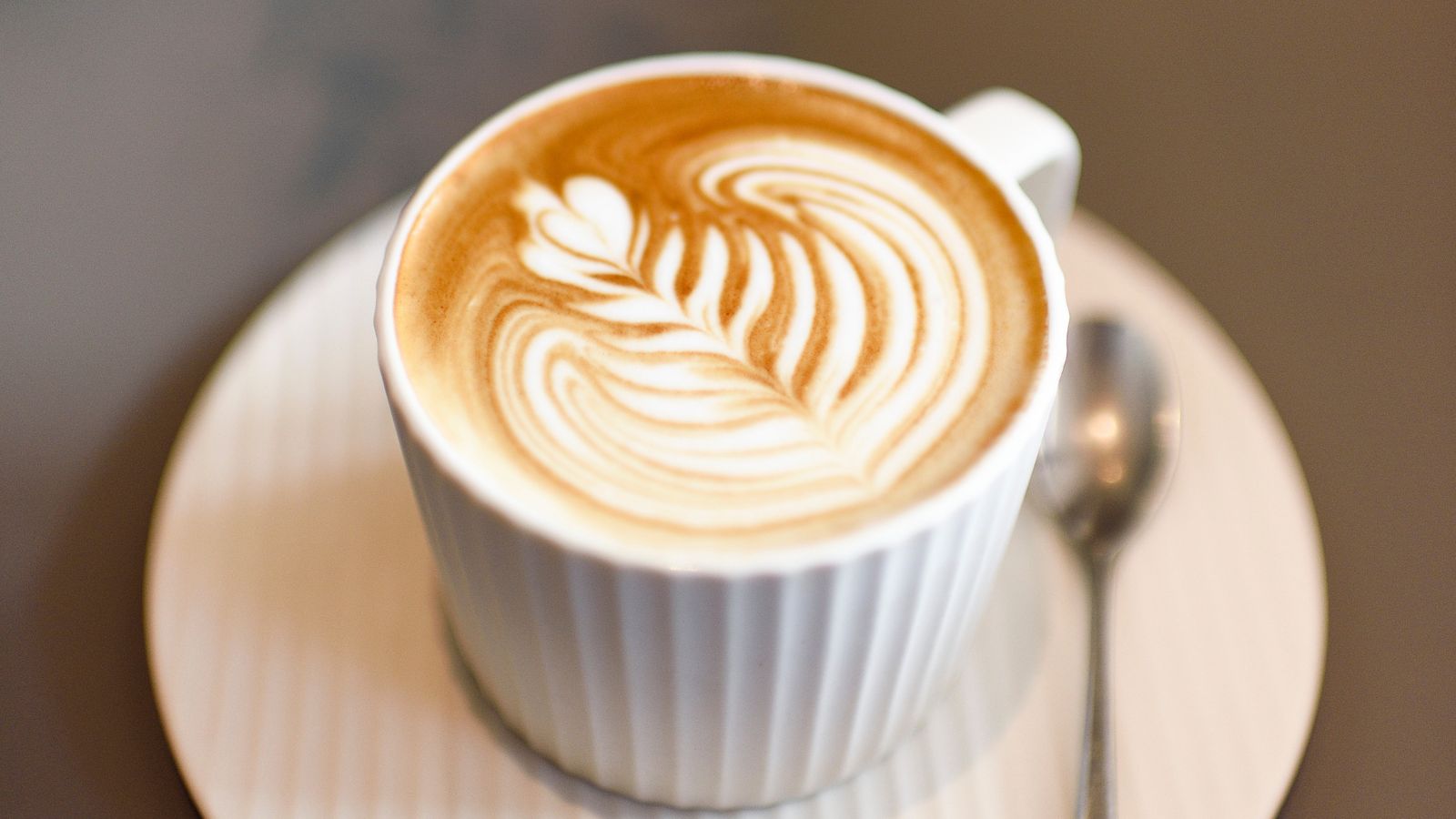
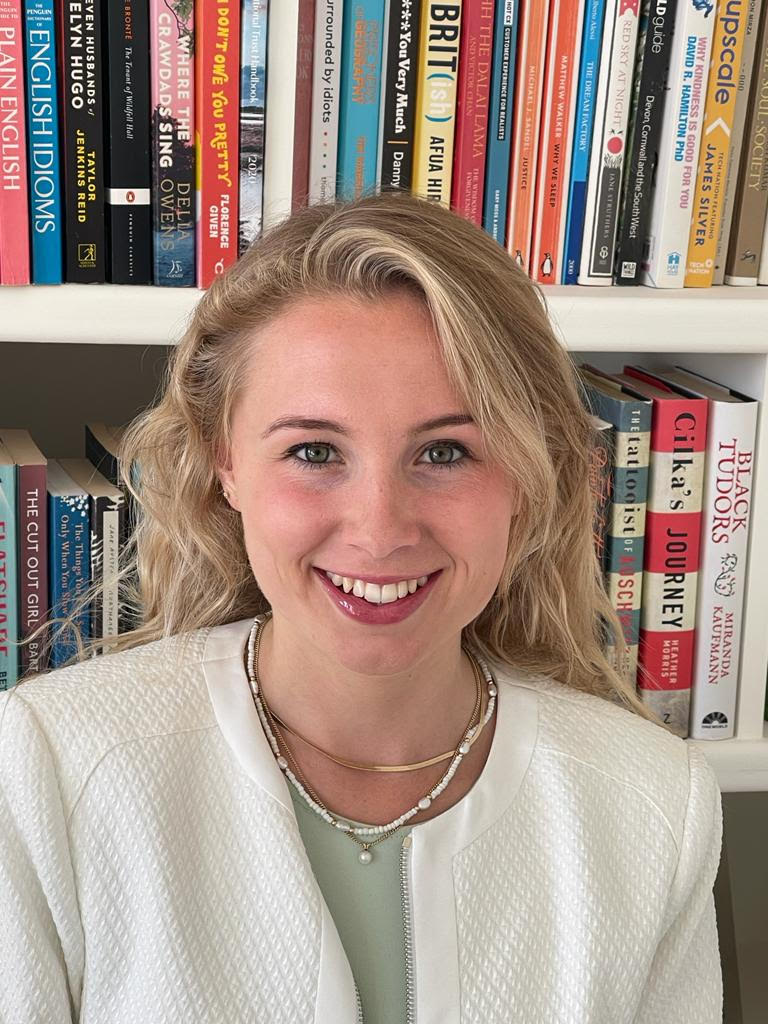
Knowing how to make a latte at home can make you a lot of friends and make you the host of many coffee mornings. Also known as, caffè lattes, these simple drinks are universally beloved for enhancing fresh espresso flavors with sweet, silky, frothy milk.
There are a range of ways you can prep yours: iced, hot, made in an expert's espresso machine, or with one of the best Nespresso machines on the market. Whichever takes your fancy, it helps to understand the basics, so you can brew the perfect one.
You might wonder what the difference between a latte, cappuccino, and a flat white even is. I used to get asked this all of the time when I was a barista. The short answer is, that a latte is weaker than a cappuccino, bigger than a flat white, with about one centimeter of foam sitting on top.
You'll need to know a few things before making a latte. Most importantly, you'll want to have mastered how to make an espresso and how to steam milk. Once you've nailed these basic skills, you'll be ready to tackle making lattes, flat whites, and cappuccinos. Next stop: latte art.
How to make a latte with an espresso machine
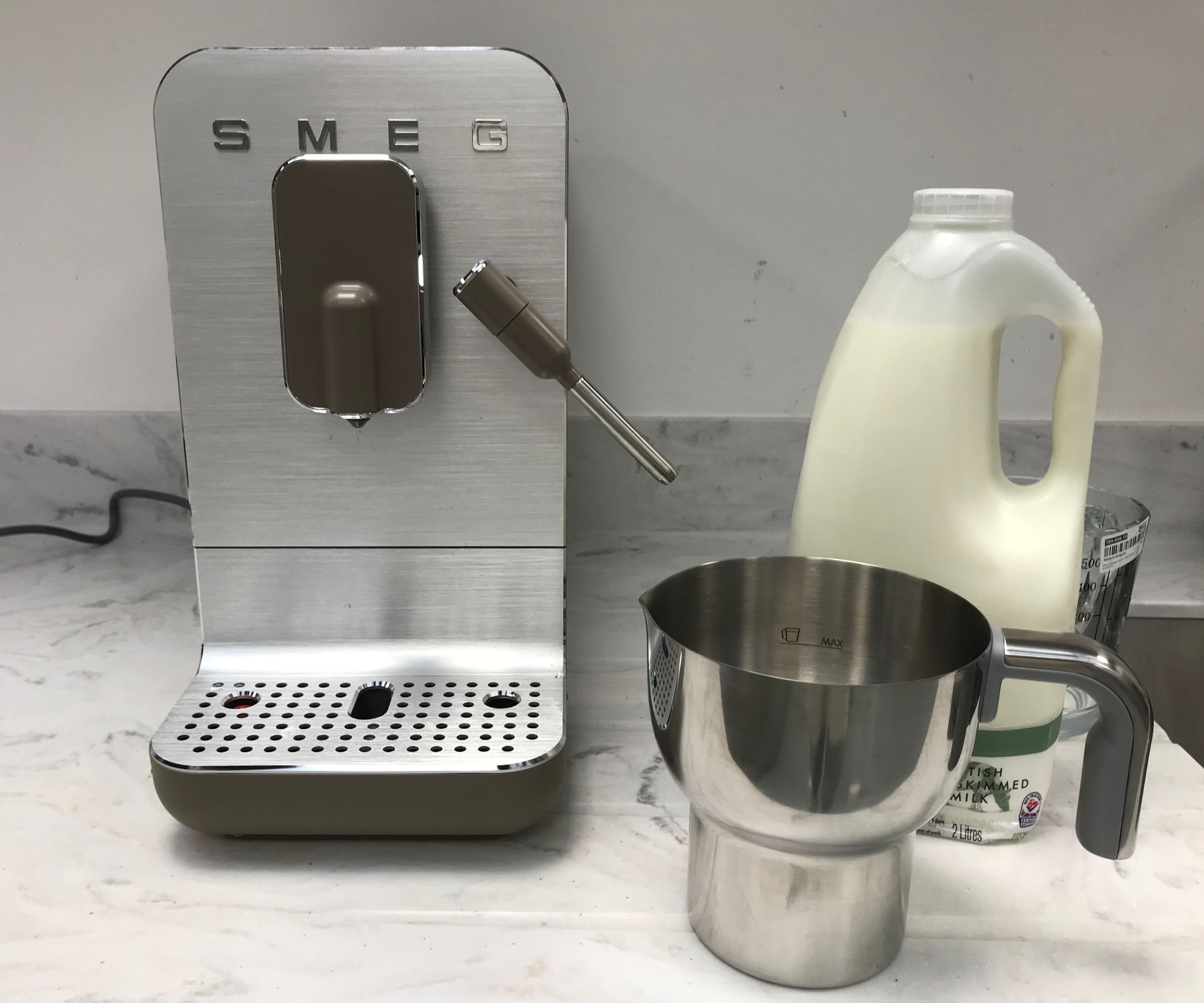
Here are the essentials for making a latte using the Smeg Automatic Coffee Maker.
We've gone deep into the details of how to make an espresso and how to steam milk, so I won't repeat them here. Instead, the experts and I will talk you through what specifically makes a latte a latte and how to achieve that with an espresso machine.
Lattes are milk-forward coffee drinks. You'll have seen them in cans and cartons as well as on the menu at your local coffee shop. Steve Spring, coffee expert, says 'the typical ratio for a latte is about 1/3 espresso to 2/3 heated milk, with a small layer –about 1cm – of milk foam. It's typically favored by those who enjoy the rich flavor of coffee, but prefer it tempered with the smoothness and sweetness of milk'.
When making your latte, the espresso must be of the highest quality. You'll get the best flavors from a dark roast ground finely. If you can grind your own coffee, that's the best way to drink it. However, the most important part is your espresso machine. Whether it's an automatic or a manual espresso maker, you don't want to skimp. You need these high-quality machines to extract as much of your coffee's essential oils as possible. If you don't already own an espresso machine, I've included some personal recommendations below.
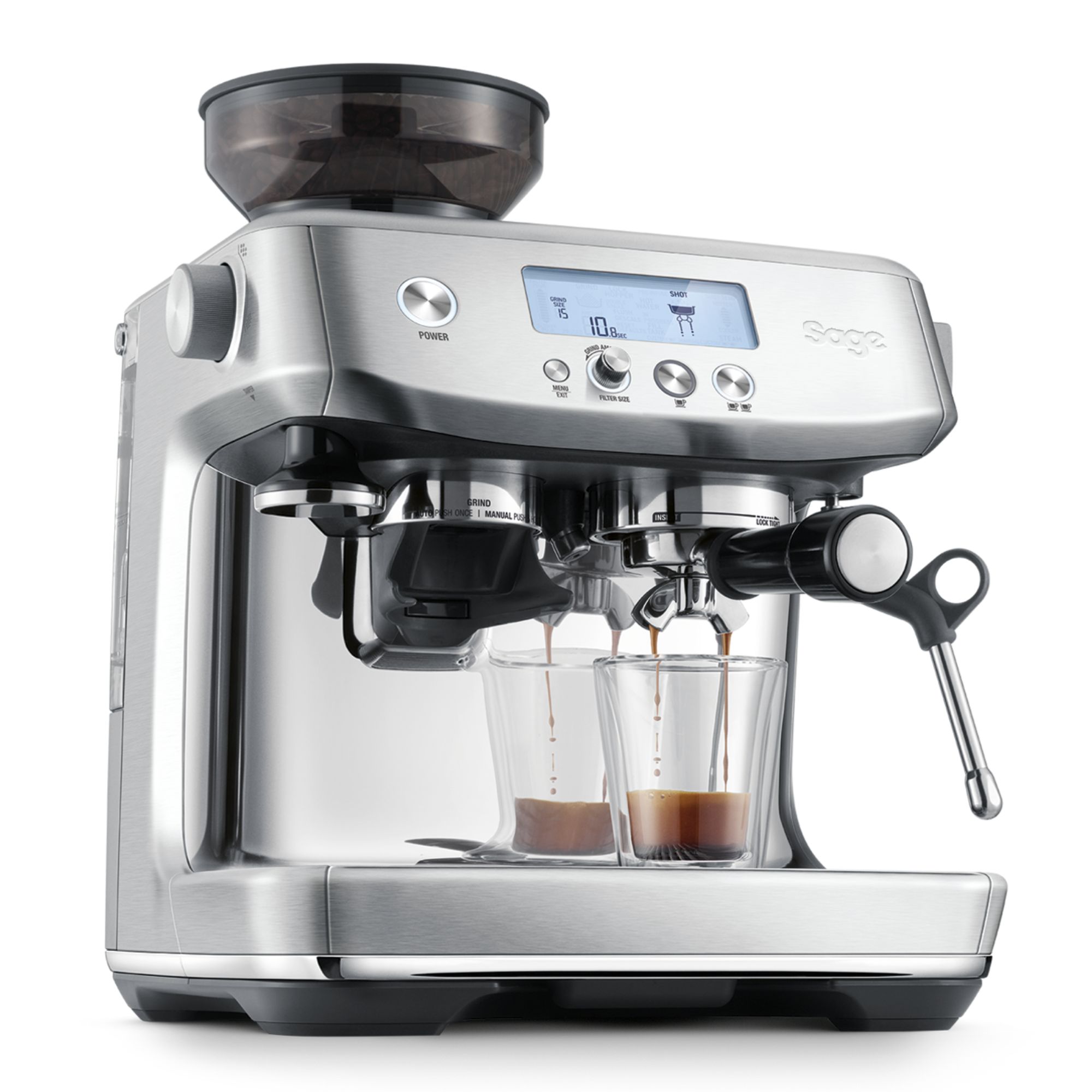
If you're expecting to brandish some expert barista skills, this expensive, but excellent machine is the one you need. It can get incredibly technical but isn't too overwhelming for beginners.

If you're new to coffee and don't want to be overwhelmed, this budget-friendly, beautiful espresso machine is all you need. There's no grinder integrated though, so you'll need to buy one separately.
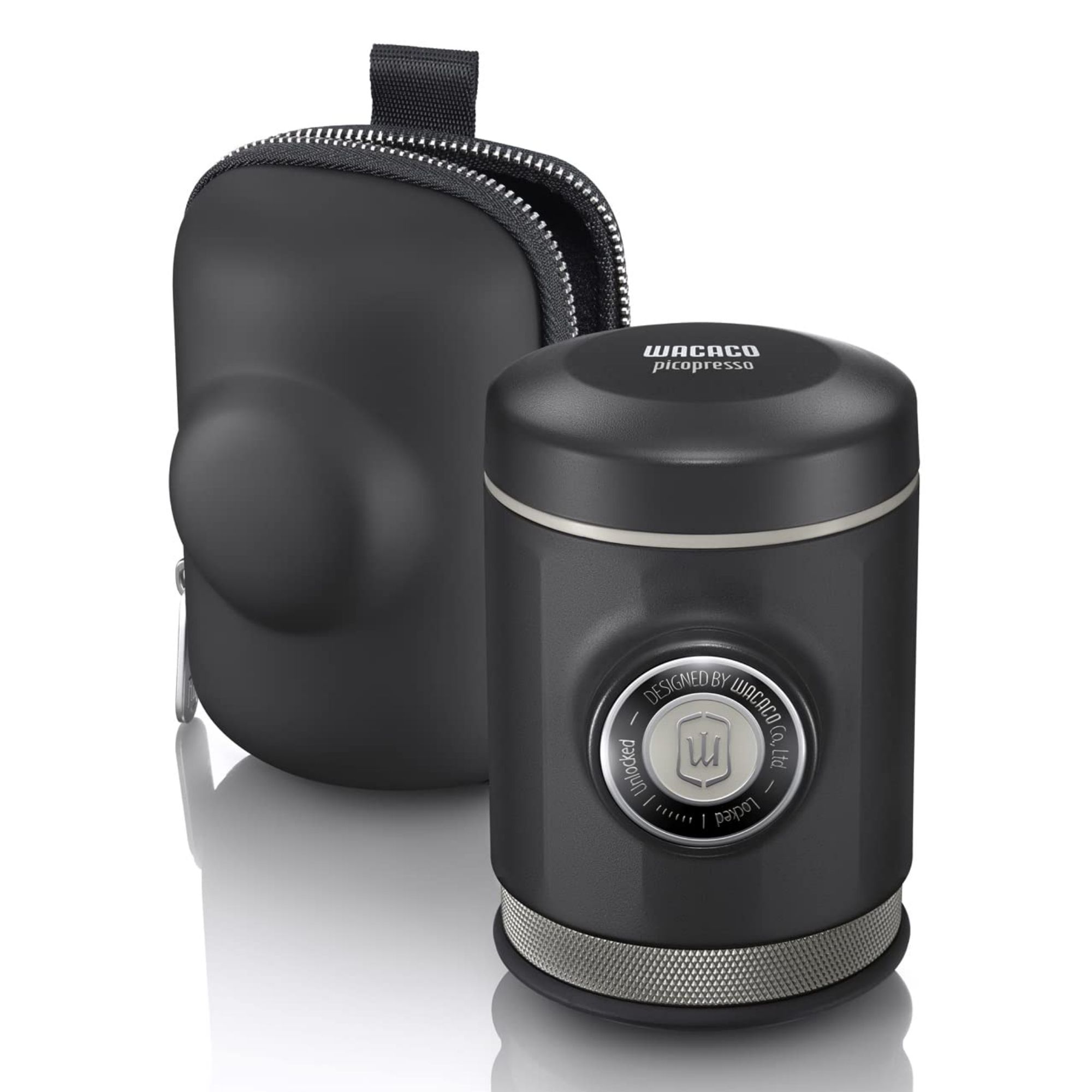
Perfectly pocket-sized, the Picopresso is made for people who are always on the go, or who only need a small machine. It's inexpensive, but can't froth milk; you'll need to buy a dedicated milk frother.
When you pull a shot with one of these, you want to see a puffy crema with a hazelnut hue. This indicates that you've got all the delicious oils out of your coffee beans. It's equally important that your milk is heated to between 150-155 degrees Fahrenheit and textured to create microfoam so that it's silky (the texture of wet paint). Steve Spring, a coffee expert, says 'the milk should be steaming and frothy, but not scalding. Steaming to this standard requires some practice. Aerating the milk too much can make the foam too thick and dry, more suitable for a cappuccino than a latte'.
Whether you're using a steam wand or handheld tools, the best milks to use are whole milk, or barista-specific non-dairy options (I recommend oat). We've covered how to steam milk in detail across a range of appliances.
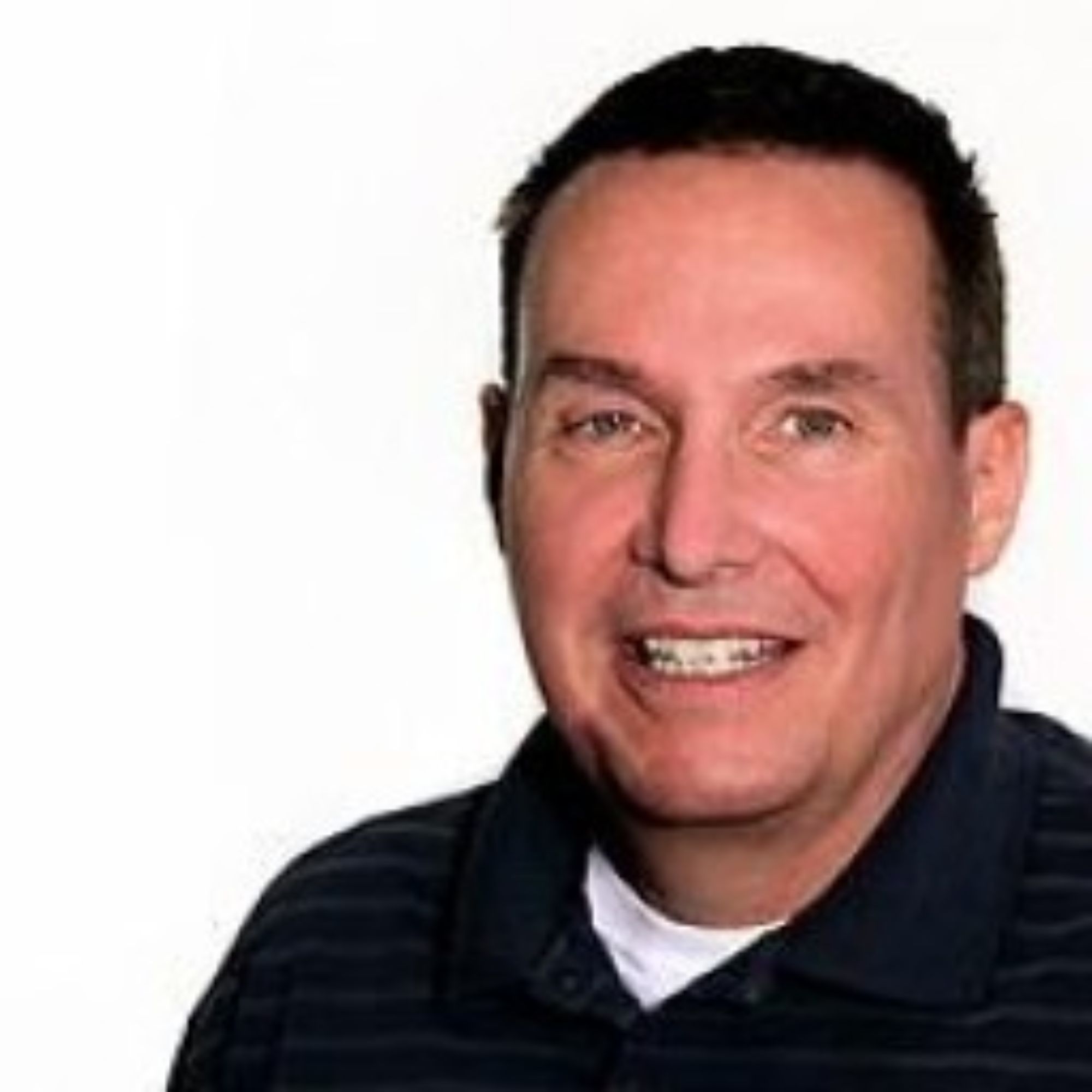
Steve is passionate about all things coffee (he even owns a coffee roastery) and loves lattes. He says he's an avid coffee drinker and is keen to emphasize that the best lattes start with an expert, speciality espresso. We couldn't agree more.
How to make a latte with a Nespresso machine or Keurig
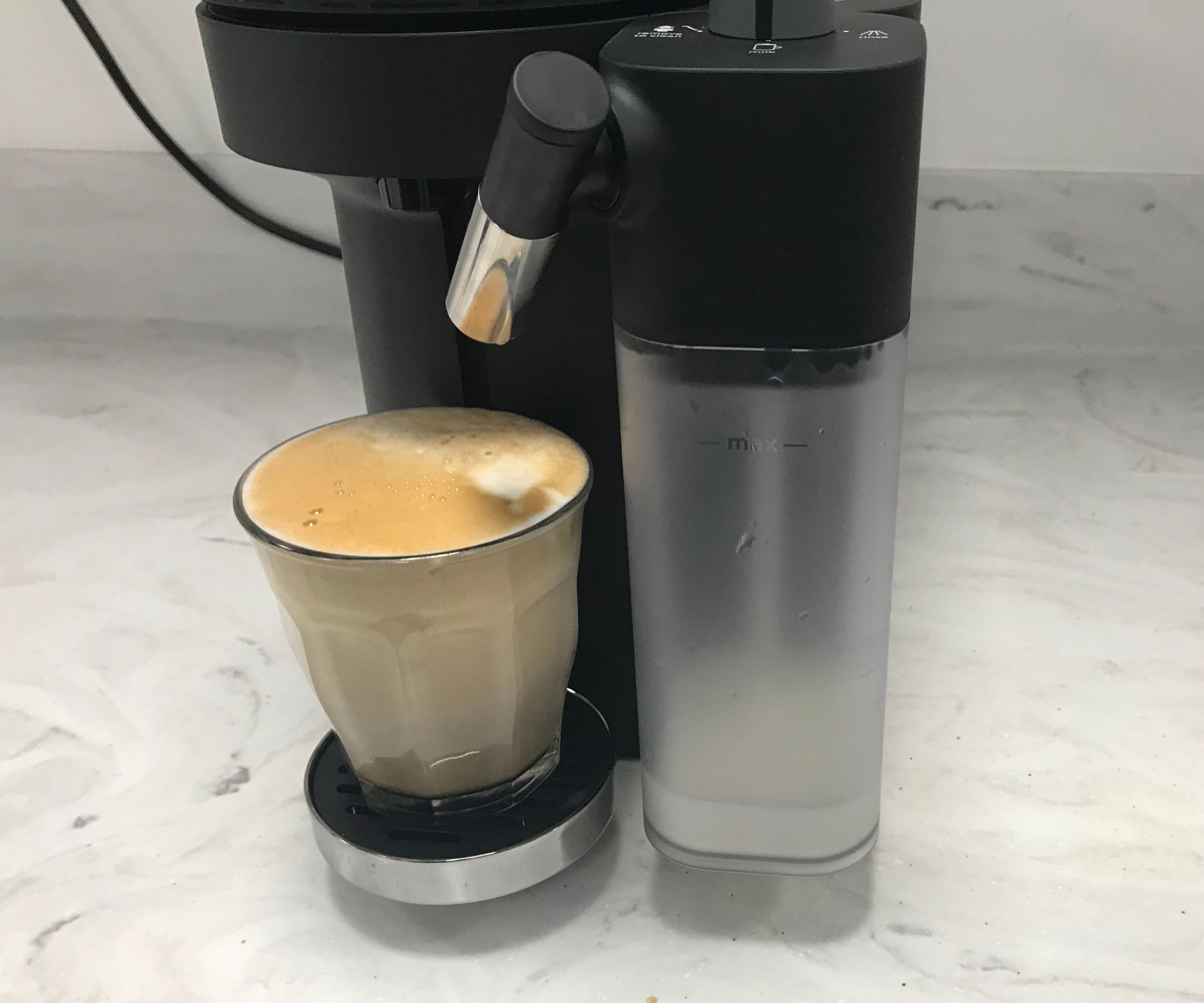
Here's the Nespresso Vertuo Lattissima making a latte in our test kitchen. We didn't need to lift a finger.
It's easy to make a latte with a Nespresso, Keurig, or, in fact, any of the best single-serve coffee makers on the market. You'll need to use an espresso pod (or the equivalent espresso setting) to brew 1-2 oz of really intense, strong coffee. Next, you'll need to use whichever milk frothing attachment you have. Some single-serve machines have automatic steam wands, while others sell their milk frother separately (such as Nespresso's Aeroccino, available at Walmart).
Either select the latte setting or the icon that demonstrates a single layer of frothy milk. The double layer is for cappuccinos. Brew your espresso shot, then steam your milk, and pour that on top of your espresso straight away. Jecca Chantilly (also known as Jessica Chan), a former barista, says that 'to ensure you get the foam at the top of your latte, pour the milk into the cup rapidly, then move the pitcher on a circular motion. Once most of the milk has been poured, slowly shake the pitcher to create some latte art and put the reserved foam on top.'
The reason Jessica suggests steaming your milk and then pouring it without pausing is that the milk and foam separate quickly. If you let it sit on the side and then pour, you'll get your foam in one, big lump, rather than integrated into the rest of your coffee.

Jecca has over five years of barista experience and used to manage a cafe. She has dedicated years to working with the world-famous brand, Illy, so is an expert in all things coffee, especially lattes. She loves lattes for their specialty balance of flavors, creaminess, and silky texture.
Tips, tricks, and troubleshooting

Here's a latte we made using the Breville Bambino Plus. You can see that the steamed milk is about a finger's width.
As you might expect, baristas have lots of tips and tricks for perfecting how you make your lattes. Kayla Stavridis, former Starbucks barista, says that the most important place to start is with good equipment. She believes that 'a quality espresso machine and grinder can make a significant difference to the taste and quality of your latte'. A good grinder will give you fine, consistently ground coffee, helping you to extract the maximum amount of flavor from your coffee beans. Then, a good machine will be able to reach the perfect brewing temperatures and create concise pressure for perfect espressos and milk steaming.
Kayla also said that it's important to practice and experiment with your lattes. She recommends trying out syrups, spices, and alternative milks. She also says to 'practice pouring from a low height first as well as sticking to the 1:3 ratio of espresso to milk'. This will ensure you get the perfect latte flavor balance and texture.
As always, it's important not to heat your milk beyond 155°F, because it will taste burnt and will not complement the flavors of your espresso at all. If you're struggling to find the espresso flavors your local barista normally achieves, it's worth looking at your beans. If you buy cheap coffee beans, you won't be able to enjoy full, gourmet flavors either.

As a former Starbucks barista, Kayla has lost count of how many lattes she has made. She's passionate about all things latte, and loves it for its 'milder, creamier flavors which can create a canvas for a range of syrups and spices'. Kayla knows everything you need to know about lattes (including all the insider tips from Starbucks).
FAQs

Here's an oat milk latte made using the Smeg Semi-automatic espresso machine. You can see the gloss has a wet-paint texture.
Can I make a latte with regular coffee?
You can make a latte with regular coffee but will need to make some adjustments to your brewing style. Whether you drink French press or pour-over, you'll need to brew an incredibly intense version of your normal coffee. Use a 1 to 15 coffee-to-water ratio, or simply adjust your normal measurements, so that your coffee is intense.
Then, follow our guidance on how to steam milk (using a steam wand or milk frother) and make your latte following the 1:1:1 ratio for espresso, milk, and steamed milk.
What is the ratio of coffee to milk in a latte?
There's no hard and fast rule for what makes the perfect latte, but most baristas follow a general 2:1 coffee to steamed milk rule. The way that latte milk is made should result in the overall ratio of your latte looking 1:1:1 for espresso, hot milk, and foam. When your drink settles, there should be about one finger's width of foamed milk on top of the latte.
What's the difference between a latte and a caffè latte?
There's not any difference of note. A caffè latte typically has more steamed milk than a latte, but the variance between how different baristas make different drinks means that you'll get a very similar coffee. If there's both a caffè latte and a latte on a menu, expect the caffè latte to be weaker and more milky. However, if you can just see one of the names, it's because the barista treats them as the same drink.
Sign up to the Homes & Gardens newsletter
Design expertise in your inbox – from inspiring decorating ideas and beautiful celebrity homes to practical gardening advice and shopping round-ups.

Laura is our eCommerce editor. As a fully qualified barista, she's our expert in all things coffee and has tested over thirty of the best coffee makers on the market. She has also interviewed Q-Graders and world-leading experts in the coffee industry, so has an intimate knowledge of all things coffee. Before joining Homes & Gardens, she studied English at Oxford University. Whilst studying, she trained as a master perfumer and worked in the luxury fragrance industry for five years. Her collection of home fragrance is extensive and she's met and interviewed five of the world's finest perfumers (also known as 'noses'). As a result of this expansive fragrance knowledge, she always puts quality and style over quantity and fads. Laura looks for products which have been designed simply and with thoughtful finishes.
-
 I've spent over 200 hours testing vacuums and swear by my two Dysons – this is how I properly clean a Dyson vacuum filter for longer-lasting appliances
I've spent over 200 hours testing vacuums and swear by my two Dysons – this is how I properly clean a Dyson vacuum filter for longer-lasting appliancesYour Dyson vacuum will last much longer and clean at its best
By Dan Fauzi Published
-
 Bethenny Frankel calls this $695 machine the 'Rolls-Royce Cullinan of coffee' – it's a must-have luxury buy for iced-coffee lovers this springtime
Bethenny Frankel calls this $695 machine the 'Rolls-Royce Cullinan of coffee' – it's a must-have luxury buy for iced-coffee lovers this springtimeThe Real Housewife swears by a luxurious machine that makes nitro cold brew, cold brew, and cold espresso at the touch of a button – here's why it's worth it
By Sophie Edwards Published